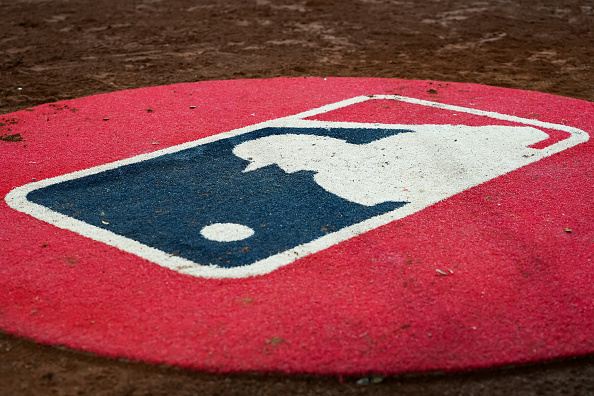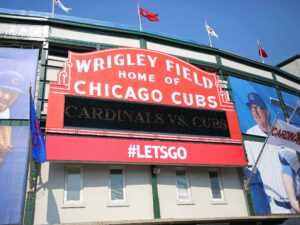MLB announced a series of new rules Friday that will take effect in 2023. A pitch clock will finally arrive to speed up the game. Also, shifts will be heavily restricted, keeping infielders on the dirt with two on each side. Finally, the bases will increase by three inches on each side with hopes of reducing collisions. The changes are sure to affect gameplay, hopefully for the better significantly.
Major League Baseball’s competition committee has voted to implement a pitch clock and ban defensive shifts starting in 2023, sources tell ESPN.
It is official: 15-second clock with bases empty, 20 with runners on; and two fielders on each side of 2B bag, both feet on the dirt.
— Jeff Passan (@JeffPassan) September 9, 2022
The changes were approved by Major League Baseball’s competition committee, consisting of four current players, six ownership representatives, and one umpire. Notably, the player representatives voted against the pitch clock and shift ban. They did, however, approve of the base enlargement. Here’s a closer look at each rule change and how it might affect the game.
MLB New Rules
Pitch Clock
Arguably the most significant change of the three is the implementation of a pitch clock. Pitchers will have 15 seconds between pitches with the bases empty and 20 seconds with runners on. Violations will result in an automatic ball. Minor League Baseball has experimented with pitch clocks this season, significantly reducing the game length. Many pitchers currently average quite a bit longer between pitches. For example, according to Baseball Savant, Kenley Jansen of the Atlanta Braves averages 26.1 seconds between pitches with the bases empty. With all pitchers held to the same standard, average game lengths should decrease significantly, likely under three hours.
Pitchers are limited to two step-offs per plate appearance, including pickoff attempts. As a result, baserunners might be encouraged to attempt steals more often. More frequent steals, combined with the swifter pace of play brought by the pitch clock, will likely give the game shades of its earlier days. Pitchers dealing with purpose, chaos on the basepaths, and many games wrapping up in a tidy 2 1/2 hours could easily result in a richer entertainment value.
Shift Ban
Next comes the shift ban, or more accurately, shift restriction. Infielders will no longer be permitted to stand on the outfield grass. At least four players must be in the infield, with two positioned on each side of the second base. This change will surely increase the batting average on balls in play (BABIP) league-wide. Many balls that hit the shallow outfield originally gobbled up by infielders will now be hits. The predominance of the shift is recent enough that many fans can remember when they were hits. So again, in a way, this change constitutes a return to tradition rather than breaking new ground.
Larger Bases
The most broadly popular change among the competition committee was the enlargement of the bases (besides home plate, which will stay the same). First, second, and third, currently 15 inches squared, will be 18 inches squared starting in 2023. As a result, the distance between first to second and second to third) shorten up 4 1/2 inches. It may be yet another catalyst for increased stealing attempts. However, the main impetus for this change is an attempt to reduce collisions between baserunners and defenders, particularly at first base. Enlarging the bases should give each side more room to work during close plays. It may also reduce instances of over-sliding, which currently result in runners being out even though they beat the throw.
These new rules are certain to significantly impact MLB, for better or worse. Players seem anxious about the changes, but with time they may adjust fairly easily. Hopefully, increasing the pace of play will attract more fans and make major league games faster, smoother, and more entertaining.
Main Photo






